SYSTEMS OF LIABILITY
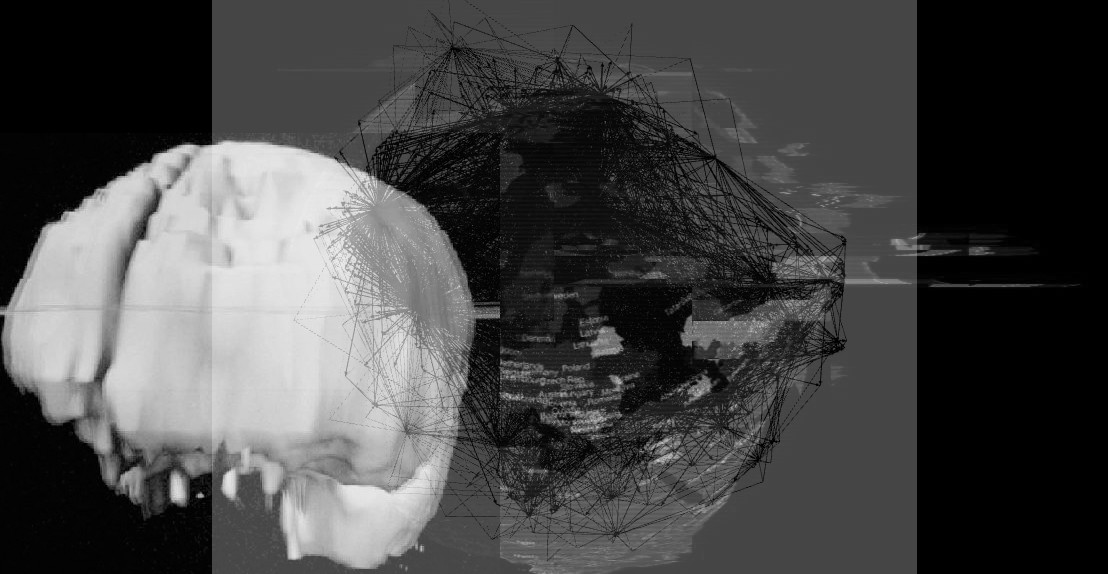
Text content:
SYSTEMS OF LIABILITY — the neo-colonial suppression of the russian federation on the border territories.
How the Russian military-industrial complex bypasses sanctions?
TOTAL VOLUME OF RUSSIAN IMPORT
LIST OF PARTNER countries of the russian military-industrial complex.
SOURCES
What do we see on the arms and components supply map?
Erased borders.
Hybrid regimes of map blurring by transnational capitals and neocolonial logics of subordination.
Flexible modulation of transnational military contractors' command networks in a state of permanent war.
Networks of a global empire of military concerns and their cross-national connectedness.
Networks materialize their boundaries through the detailing of connections, names, addresses, and nuanced logistics.
The network should be treated as a process and technology with algorithms of action but not as an object.
A worldwide war condition blurs the distinction between war and non-war, where "war becomes the basic principle of the organization of social life, and politics is only one of its instruments or embodiments" (A. Negri, M. Hardt "Empire")
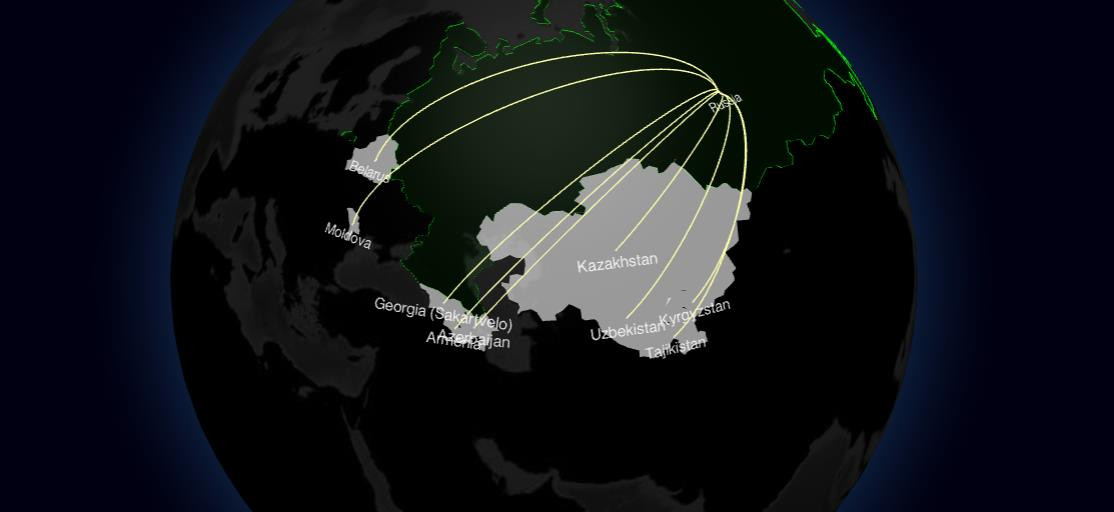
NEO-COLONIAL USE OF BORDER TERRITORIES BY RUSSIA
Despite the apparent political autonomy of neighboring countries (former Soviet countries: Armenia, Kazakhstan, Kyrgyzstan, Uzbekistan, Tajikistan, Georgia, Moldova, etc.), russia continues to use its territorial neighbors as a transit zone to bypass the blockage of supplies of components for the military-industrial complex. The borders of sovereign territories are being re-drawn under the pressure of the diffuse space of the russian network of military contractors. Corrupt bypass routes for shadow imports become act and visible.
Shadow imports are necessary for russia to continue to replenish stocks and service the military-industrial complex.
The russian military-industrial complex is not independent and critically depends on imported components.
This is especially true for UAVs, secure communications, microelectronics, and machine tools for manufacturing parts.
The russian military-industrial complex is a direct successor of the soviet one. Over the past 30 years, very few new weapons have been put into serial production. The main focus of the russian military-industrial complex is on repair, support for the first, and modernization of what was produced during the USSR era. The new weapons samples under the russian outer shell consist of Western components at the level of engines, optics, processors, and microelectronics.
Contrary to myths about the impressive legacy of the soviet union, its own developments, and military production capacities, the russian military-industrial complex is a poorly coordinated, corrupt, and non-independent network of half-destroyed research institutes of the soviet period. Places, where import substitution of microelectronics and production methods takes place only on podiums in front of investors and in the weak imagination of officials, not existing in reality, the dynamics of the microelectronics industry and russian developments can be traced on the archived pages of the plant of Angstrem JSC (moscow company engaged in the design and manufacture of electronic products and semiconductors. The company produced a number of Soviet-era integrated schemes. After the collapse of the USSR in the 90s, it produced a line of calculators and bank cards.) The plant, which was founded in 1963 under the name NII-336, and like the entire russian microelectronics industry, rapidly deteriorated after the collapse of the USSR.
BRIEF DYNAMICSOF THE MICROELECTRONICS INDUSTRY IN THE RF ON THE EXAMPLE OF ANGSTREM
Russia does not have an extensive network of contractors for the military industry. Orders are distributed non-transparently within large holdings and corporations. Control over the fulfillment of orders is also hidden deep in the gut of an opaque but poorly coordinated machine. Since 2014, a network of foreign intermediary firms was registered and set up to supply components for the production of weapons. They, in turn, sent chips, microchips, etc., to military contractors — subsidiaries of the russian military-industrial complex, whose main enterprises were already under sanctions.
Sanctions imposed after a full-scale invasion force Russia to reorganize old supply chains and open new intermediary firms.
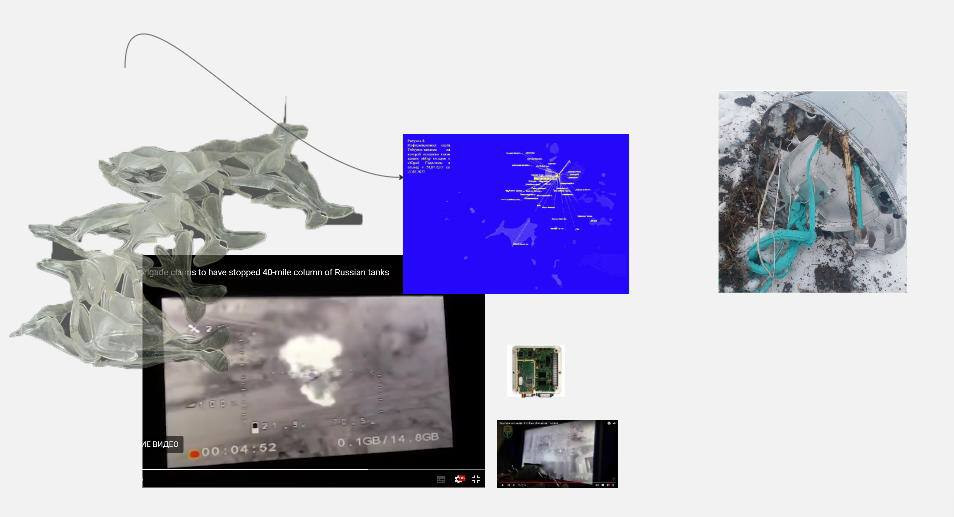
The sanctions boycott policies adopted in 2022 (and earlier in 2014) by the EU and a number of other countries no longer allow russia to obtain resources for direct warfare. However, the effect of sanctions on military technology is severely weakened by the time lag, the merging of civilian and military technologies, and the enforced loyalty of the buffer countries that russia uses. Most importantly, russia continues to obtain components through old corrupt «business as a usual» relationships in European countries.
Some military logistics have been restructured to focus on production in Iran, China, and Turkey.
However, Western components produced in the EU and the U.S. enter russia via Armenia, Kazakhstan, Kyrgyzstan, Belarus, and Uzbekistan. Such cooperation and assistance in circumventing sanctions can hardly be called voluntary for the countries of the former USSR that share common borders with russia.
Human resources also play an important role in the colonial logic of warfare. Taking advantage of the pressure on the former soviet republics, russia promises russian passports to migrant workers from Central Asia for their participation in the war. In 2023, russia roundups and police raids on migrants who have obtained russian passports to serve them as military conscripts. External colonial logics are reflected in domestic politics: most of russia’s army is made up of indigenous peoples, residents of national republics, and contract soldiers from economically disadvantaged regions. In Alabuga (Tatarstan), 15-year-olds are forcibly recruited to assemble Iranian Shahed combat drones for the needs of the russia army. The ideas of the «russian world» are paid for by those who were consistently exploited by the central regions and experienced genocides and ethnic cleansing by the empire.
We want to emphasize that the post-Soviet countries are deliberately used by russia, as the dependent quality of relations does not create conditions for symmetrical choices or the possibility of autonomous decision-making.
In the example of Sakartvelo it is easy to trace the links of colonial pressure. Suffering 20% occupation of its territories by russia, Sakartvelo does not join the EU sanctions demands, despite the high level of internal solidarity of Sakartvelo residents towards Ukraine’s struggle and despite the fact that Sakartvelo became a candidate for EU accession in 2023. There are many reasons for these apparent contradictions (threat of military intervention from russia, old corrupt ties between the countries, forced cross-border cooperation, transit deals, etc).
Also, the fact that many countries of post-soviet territories are linked to russia by forced labor migration plays a role in dependency relations. Migrant families are fragmented by labor-trade relations and forced linguistic-cultural integration in russia. And russian exploitative logics is the reason for this migration. Financial, scientific, educational, and cultural resources have been concentrated around the center (moscow) without strengthening and developing local infrastructures, which makes people migrate for the missing flows in search of work, education, health care and better quality of life. The logics of capital and colonialism follow symmetrically, supporting each other.
Since the beginning of russia’s full-scale invasion of Ukraine, the borders of post-Soviet countries have been experiencing unrest and anxiety. Tensions have materialized into border military conflicts (Tajikistan-Uzbekistan, Armenia-Azerbaijan) and mass rallies demanding local authorities stop flirting with the Kremlin. (Armenia, Kazakhstan, Georgia, Moldova). Through external agents of influence, russia pressures and interferes in local elections, sabotaging paid rallies and riots. It threatens with economic pressure and cutting off access to energy resources, forcing neighboring countries into political deals loyal to itself.
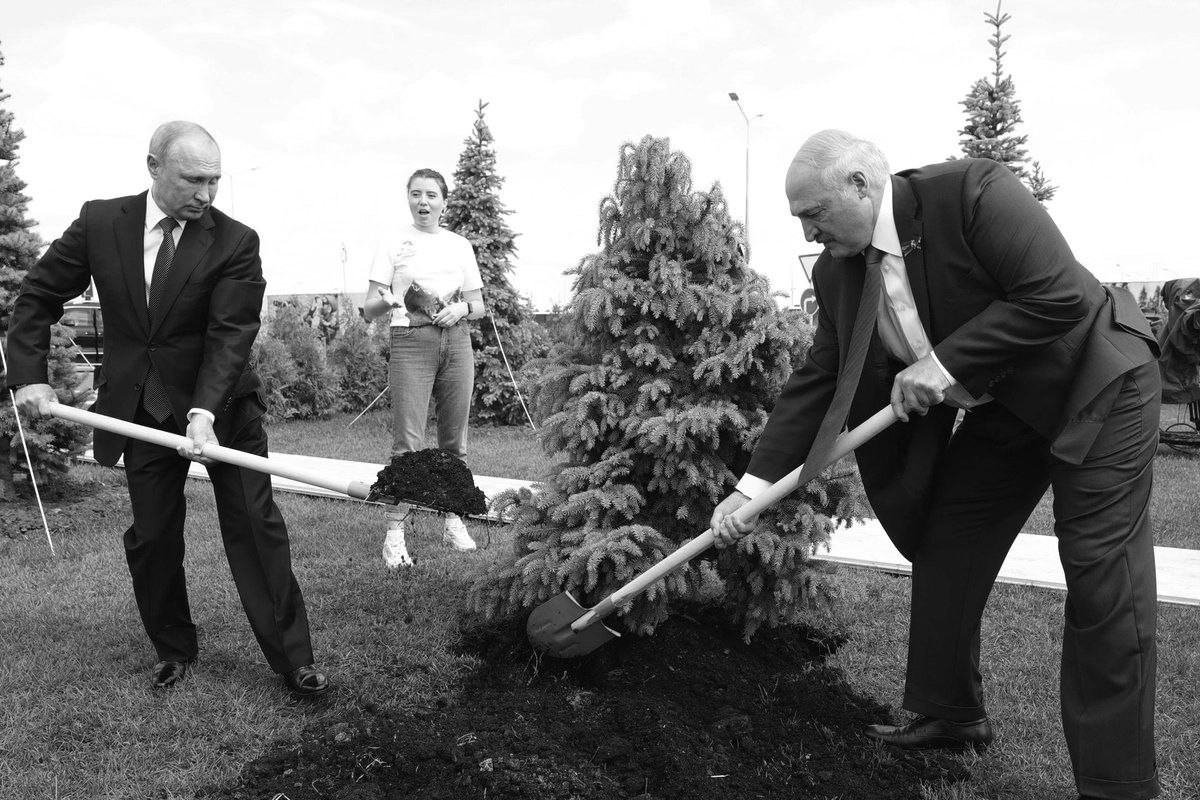
We see diffraction and plurality in the ideas of territorial independence and state sovereignty. Logistic flows furrow and redraw political and geographical maps, subjugating new territories and redefining them. The economic dependence and connectedness of the post-soviet space with the kremlin’s central apparatus, subordinates the regional territories of russia in the logic of resource economy and encroaches on the fragile borders with neighboring states. Moscow is becoming a liquid and sticky matter, expanding its presence and extending its spheres of influence into more vulnerable regions on geographic or economic grounds.
This text is written in the context of a month-long protest of thousands in Sakartvelo (Georgia). More than 100,000 people took to the central streets every day and went on strike outside the local parliament building against the adoption of pro-Russian laws lobbying the interests of the Russian Federation in the region. The ruling Georgian Dream Party (with its informal leader, billionaire Bidzina Ivanishvili, whose capital is located in the russian federation, and is also involved in military logistics and production)
uses illegal methods of fighting the opposition, harsh forceful suppression of protests and simulates artificial support at rallies, by forcing state employees and mass importation of people for money remuneration, from the regions. The laws that the party (parliament, with the opposition deputies removed) passed, bypassing the veto imposed by President Sakartvelo Salome Zurabishvili, are aimed at ending and full control over Western and European investments in the country. Which means the collapse of civil democratic institutions inside.
Next, the party lobbies for a law against LGBT freedoms, imposing fines and censorship for propaganda and dissemination of ideas and rights of queer people. All these amendments are not accidental, they completely copy the Kremlin’s policy and help spread the control and influence of the russian federation.
This is happening against the background of the 20% occupation of Sakartvelo by russia, abductions of kartvelas in the border territories by russian security forces, against the background of the growing infrastructure of Russian military bases and landfills in these occupied territories.
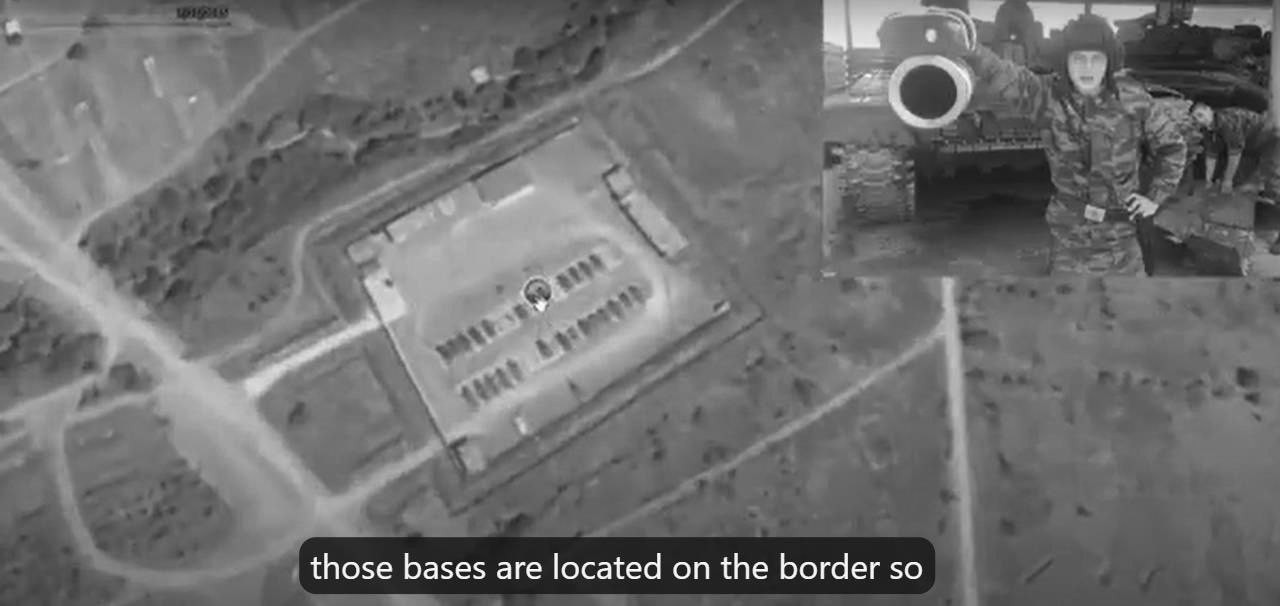
There can be no equal and secure relationship with a government that looks at a neighboring independent state as a temporarily neglected territory and does not see it as a subject of its own history. On the other hand, russia looks at the former republics in a revanchist and, at the same time, condescending way.
The histories of external and internal colonial conquests, genocides, and deportations in tsarist russia, the russian empire, and modern russia are still covered with Bolshevik myths of equality and friendship of peoples and false oppositions to Western imperialism
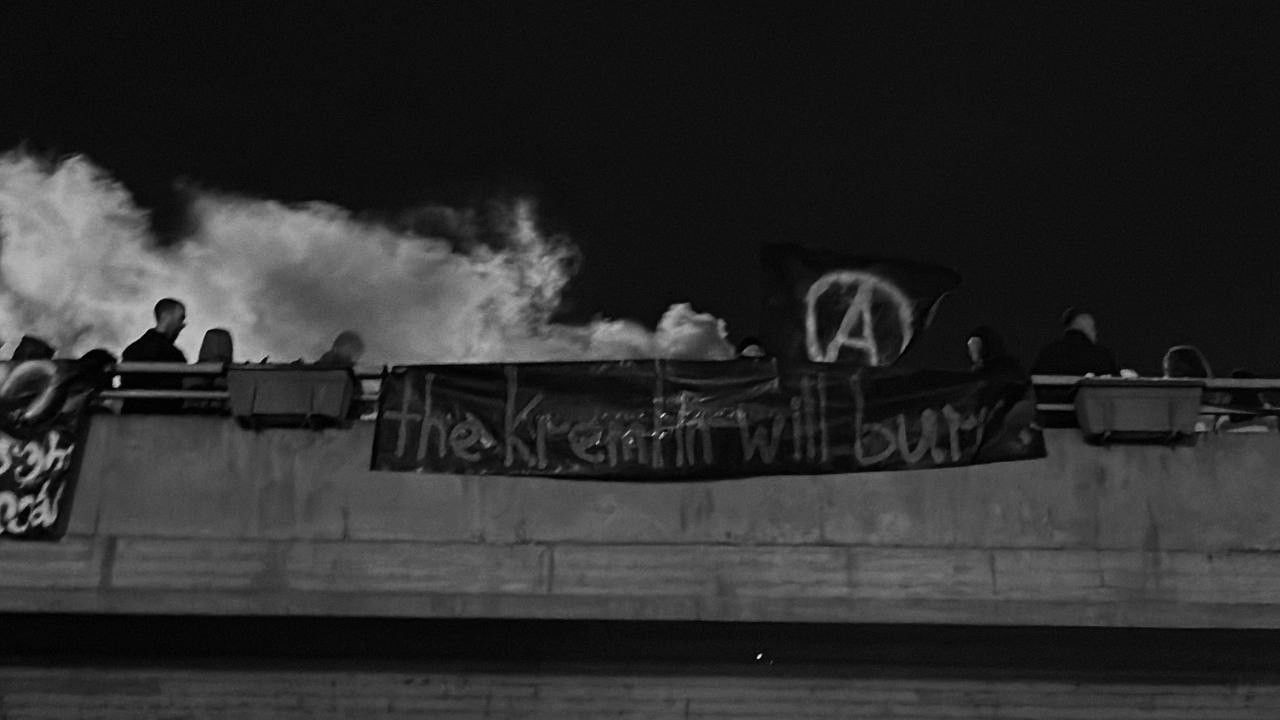
What is the purpose of a full-scale invasion of Ukraine by russia? A war to establish or maintain a social order may not have an end.
Therefore, it involves constant, unremitting use of violence and cruelty. It cannot be won, or, more precisely, it has to be won over and over again daily. We are looking at a policy of consistent genocide and destruction of the culture of a former USSR republic that has disassociated itself from the xenophobic narratives of the «russian world.”
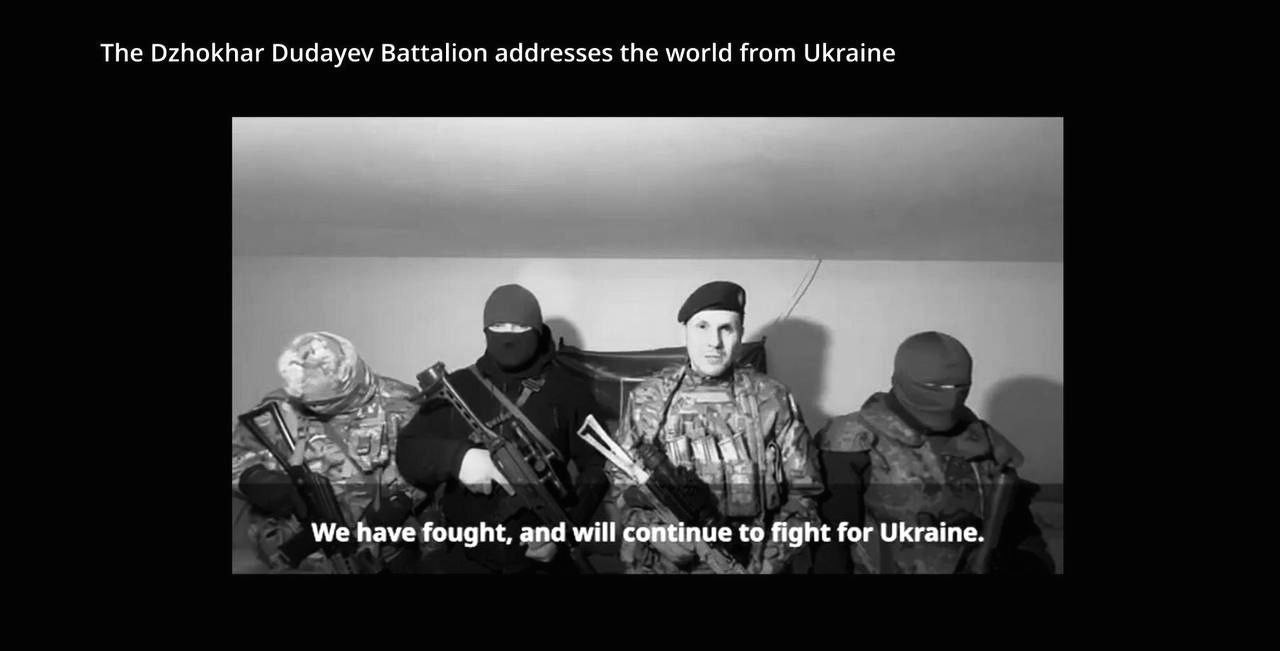
Russia is not interested in new territories from the point of view of their local development. (this can be traced back to the occupation of Abkhazia and the subsequent abandonment of the territories). At the same time as new territories of Ukraine are being seized, the regions of russia are rotting, numerically and economically dying out, being an exploitative and reproductive zone for the center (moscow).
Russia does not hesitate to make temporary making to obtain weapons and organize gray oil searching for totalitarian governments such as Iran, Turkey, and Azerbaijan. Azerbaijan helps circumvent sanctions on oil and gas sales to the EU by being a hub/redistribution zone and giving russian gas and oil products for Azerbaijan’s oil and gas exports. Iran and Turkey are suppliers of drones, which are then passed off as locally produced by the russia (e.g. Geranium drones used in the war with Ukraine).
Russian gas and Azerbaijan1
Also, russia supports and legitimizes such terrorist groups as Hamas (Palestine), Taliban (Afghanistan) and expands its presence in Africa by participating in local military coups.
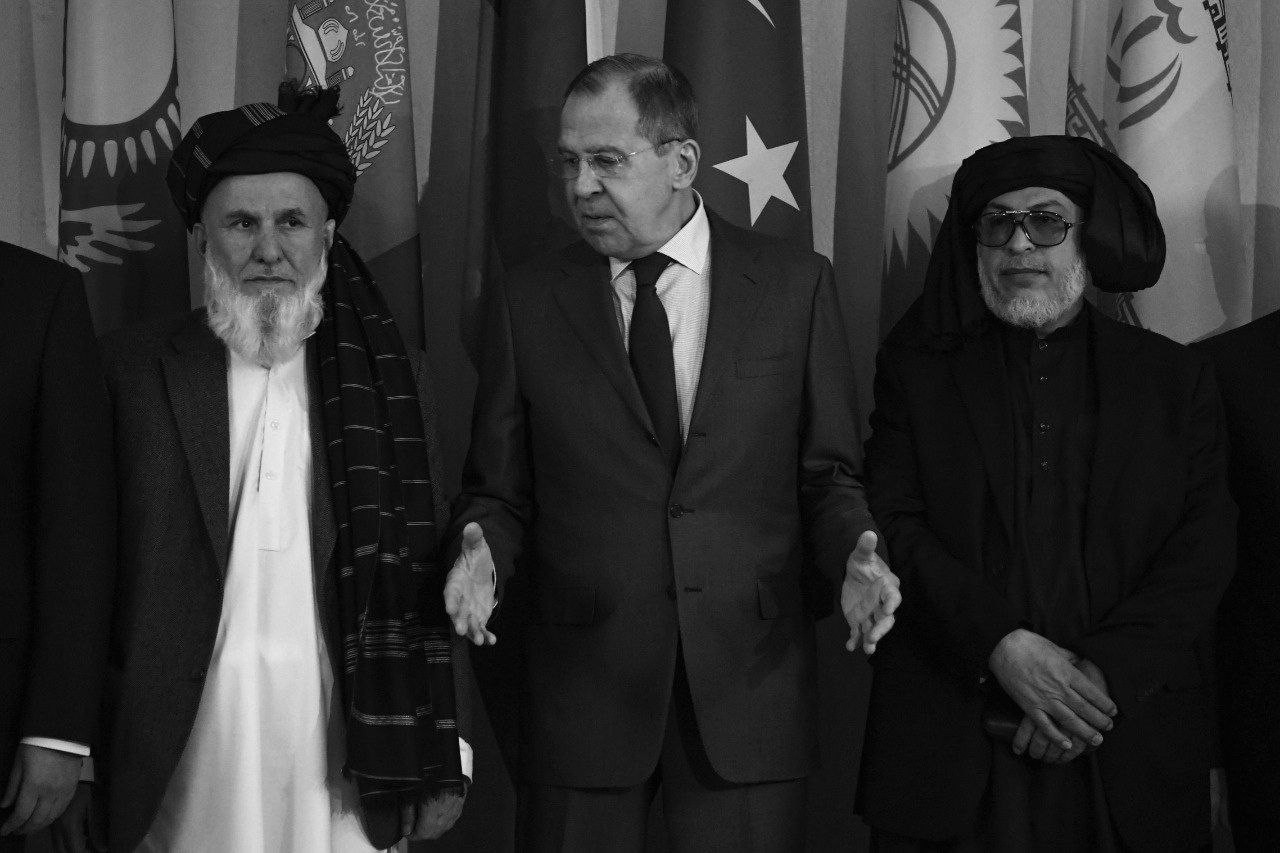
Analysis of the schemes and channels of supply of components for the russian military-industrial complex reveals many countries involved, in addition to the former soviet republics. russia continues to receive all necessary dual-use goods and critical elements for weapons production. China, Turkey, and Iran are also significant partners. Having developed and joined the sanctions, western European countries and the U.S. are forced not to sell parts directly, but this still does not prevent the delivery of components to russia.
Many Western companies do not answer journalists’ questions about export conditions of release and how to control the use of their products.
At the moment, we see stable supply networks on the map that help circumvent sanctions controls. And if, in the case of post-soviet countries, in many respects, we can understand the situation of non-choice, then the loyalty and rigidity of the rest of the countries: the UK, the USA, and Western European countries (France, Germany, Austria, Switzerland) — raise questions. Questions about the boundaries of expansion and the speed of military-industrial geopolitical capital.
It is not the sanctions that work poorly but their adoption mechanisms and consistent enforcement procedures.
«The key condition that defines an ontological policy is its execution (performance).» Ann Marie Moll
TOTAL VOLUME OF RUSSIAN IMPORT:
The main increase in exports from the EU to the countries of the former Soviet Union was for goods that fell under the anti-Russian sanctions — it amounted to 95%. Exports of these goods to Russia collapsed by 71%. For example, in November 2021, the total exports of these types of goods to Belarus, Armenia, Georgia, Kazakhstan, Uzbekistan, and Kyrgyzstan amounted to only €500 million, but in November 2022 they tripled to €1.5 billion.
In the last six months of 2023, Russian authorities cleared components of the U.S. Analog Devices Inc. worth more than $98 million, Xilinx — more than $75 million, Microchip Technology — more than $42 million, Texas Instruments — at least $38 million, as well as Infineon, Germany’s largest semiconductor manufacturer — more than $28 million, according to customs data. Marvell (chip manufacturer) imported more than $11 million worth of products, Cypress Semiconductor — more than $3.8 million, and Atmel — more than $2.7 million.
In addition, US Intel and AMD products, including microprocessors, worth more than $169 million and $35 million, respectively, were imported into Russia.
China is Russia’s largest trading partner, with its exports to Russia increasing by $8.5 billion in 2022 compared to 2021, according to UN Comtrade data. But in percentage terms, it is not the biggest growth: Turkey, Armenia, and Central Asian countries occupy the first five places.
According to the UK’s Royal United Services Institute for Defense Studies (RUSI), Russia never stopped importing Western electronics. From March to October 2022, it imported more than $2.6 billion worth of it, with almost $777 million worth of chips and components from companies such as Intel, AMD, Texas Instruments, and Analog Devices.
The analysis conducted by Euromonitor experts is even more curious. It showed that exports of goods from the European Union to Russia from March to November 2022 fell by 47%, while exports to Belarus, Armenia, Kazakhstan, Georgia, Uzbekistan and Kyrgyzstan increased by 48% over the same period, RBC reported.
Since the start of the all-out invasion of Ukraine, Russia has increased the value of imported microelectronics to $2.45 billion, up from $1.8 billion in 2021. The International Working Group on Russian Sanctions identified that at least 1,057 foreign components made by 155 companies are used in Russian weapons.
Since the start of the all-out invasion of Ukraine, Russia has increased the value of imported microelectronics to $2.45 billion, up from $1.8 billion in 2021. The International Working Group on Russian Sanctions identified that at least 1,057 foreign components made by 155 companies are used in Russian weapons.
read the text on the website.
Contact: res_istance@riseup.net
https://defundrussiaswar.org/